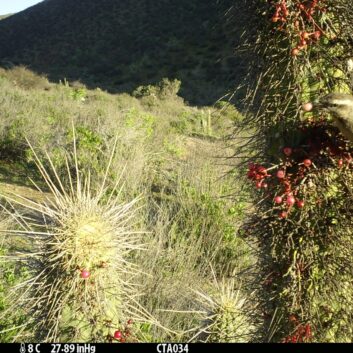
Mistletoe magic: How two parasitic plants team up to feed birds in the desert
In the dry landscapes of Chile, two mistletoe species are proving that teamwork pays off—even for parasitic plants. A new study reveals that Tristerix aphyllus […]

In the dry landscapes of Chile, two mistletoe species are proving that teamwork pays off—even for parasitic plants. A new study reveals that Tristerix aphyllus […]

The plant growth regulator zaxinone is essential for proper rice growth and development. Additionally, zaxinone and its two synthetic mimics, MiZax3 and MiZax5, have been […]

Leaf shedding is a very common trait among plant species inhabiting dry ecosystems. However, mistletoes typically retain their leaves year-round, as they rely on leaf […]

Strigolactones are germination stimulants of many of the Orobanchaceae parasitic plants. Strigolactones biosynthetically derive from the carotenoids, which defines them to belong to the chemical […]

The United Nations Sustainable Development Goal 1 (SDG 1) aims to end poverty by ensuring that everyone’s basic needs are met for healthy and happy […]

We sequenced the genomes of three Orobanche species with different host ranges: O. minor (generalist), O. gracilis (Fabaceae-specific), and O. hederae (ivy-specific with some flexibility […]

A recent study highlights the surprising role of a native Chilean mistletoe, Tristerix corymbosus, in combating invasive tree species in urban environments. This parasitic plant, known […]

Branched broomrape (Phelipanche ramosa (L.) Pomel), an obligate parasitic weed with a wide host range, is known for its devasting effects on many crops worldwide. Soil […]

SURVEY 📝 Weeds are high on the list of production-limiting factors in arable farming, fruit and vegetable cultivation. Changing social perceptions and stricter requirements regarding […]
© Copyright IPPS 2010-2025 • Disclaimer • Privacy • Terms and conditions • Contact